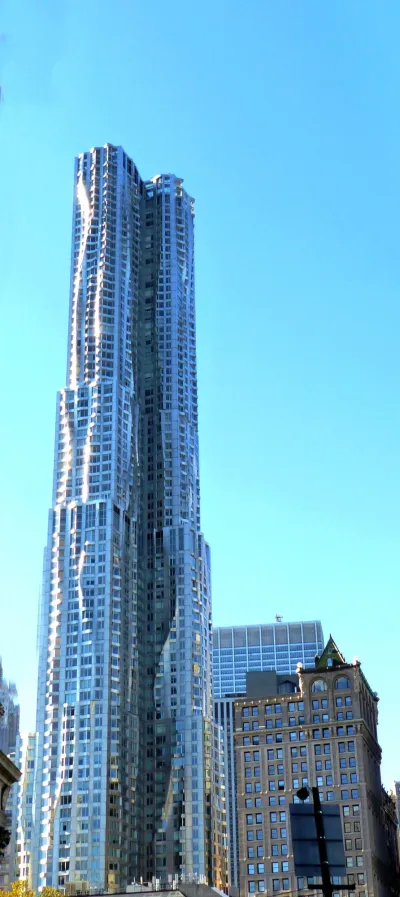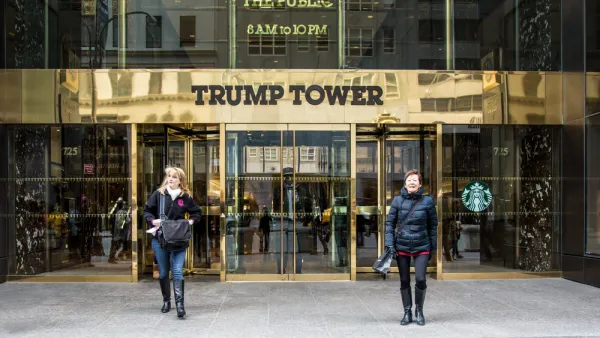A new map shows where privately owned public spaces are located to encourage more public use.

In 1961, New York City started its program for privately owned public spaces (POPS), which gave private developers bonus floor area or waivers in exchange for providing and maintaining publicly accessible spaces on their properties. Over 550 of these POPS exist in the city today, with most located in Manhattan. However, the number of POPS in other boroughs throughout the city is increasing.
Although POPS are available for the public to use, the city has found that they are not as accessible as they should be. “While the city is home to hundreds of POPS, most people are unaware of their existence or location, and in many cases buildings were found to be in violation of the POPS laws, and restrict access to the public,” reports Tanay Warerkar.
To better inform the public, the New York City Department of City Planning has put together an interactive map of the city’s POPS. In addition to each site’s location, the map details amenities, hours of access, and information about the building. Today’s POPS are mainly public plazas and arcades, and the city hopes that more awareness of these urban spaces will lead to an increase in their use.
FULL STORY: Handy new map shows all of NYC’s privately-owned public spaces

Analysis: Cybertruck Fatality Rate Far Exceeds That of Ford Pinto
The Tesla Cybertruck was recalled seven times last year.

National Parks Layoffs Will Cause Communities to Lose Billions
Thousands of essential park workers were laid off this week, just before the busy spring break season.

Retro-silient?: America’s First “Eco-burb,” The Woodlands Turns 50
A master-planned community north of Houston offers lessons on green infrastructure and resilient design, but falls short of its founder’s lofty affordability and walkability goals.

Test News Post 1
This is a summary

Analysis: Cybertruck Fatality Rate Far Exceeds That of Ford Pinto
The Tesla Cybertruck was recalled seven times last year.

Test News Headline 46
Test for the image on the front page.
Urban Design for Planners 1: Software Tools
This six-course series explores essential urban design concepts using open source software and equips planners with the tools they need to participate fully in the urban design process.
Planning for Universal Design
Learn the tools for implementing Universal Design in planning regulations.
EMC Planning Group, Inc.
Planetizen
Planetizen
Mpact (formerly Rail~Volution)
Great Falls Development Authority, Inc.
HUDs Office of Policy Development and Research
NYU Wagner Graduate School of Public Service


























